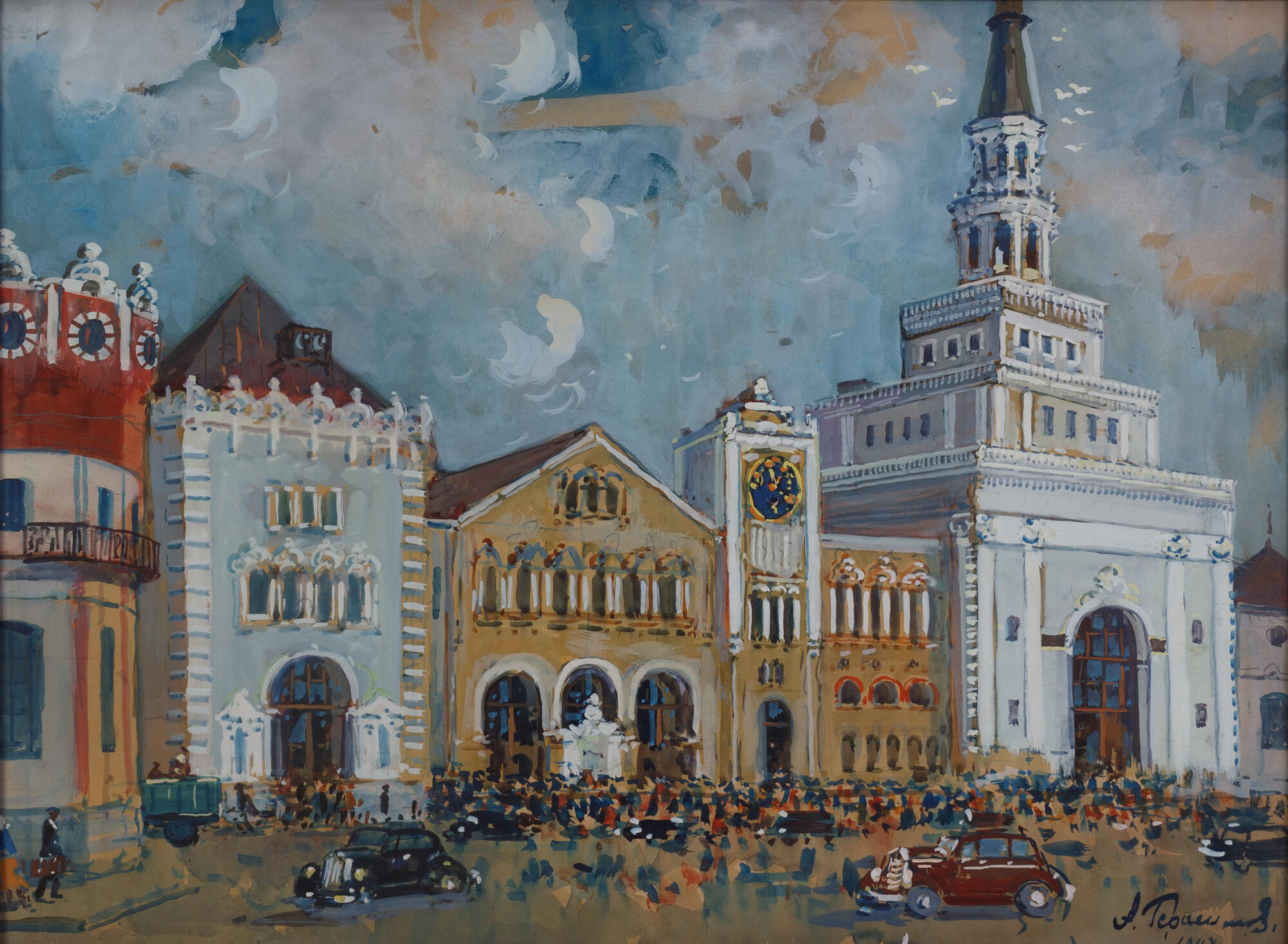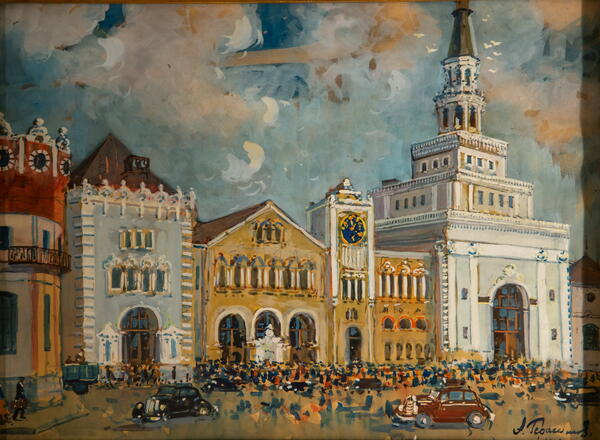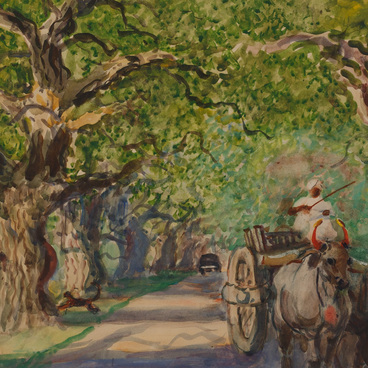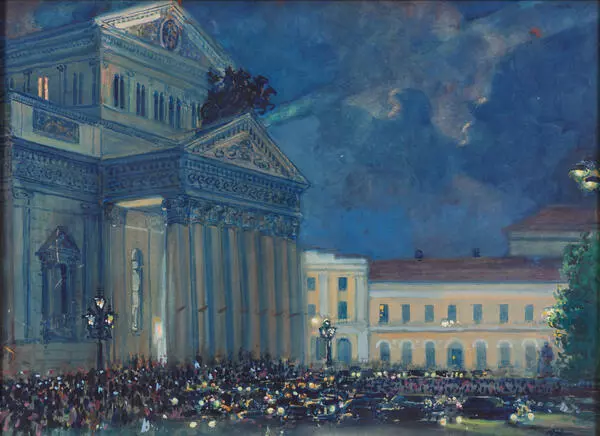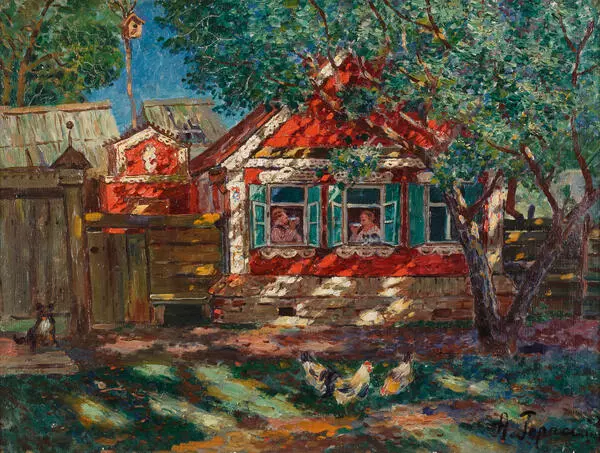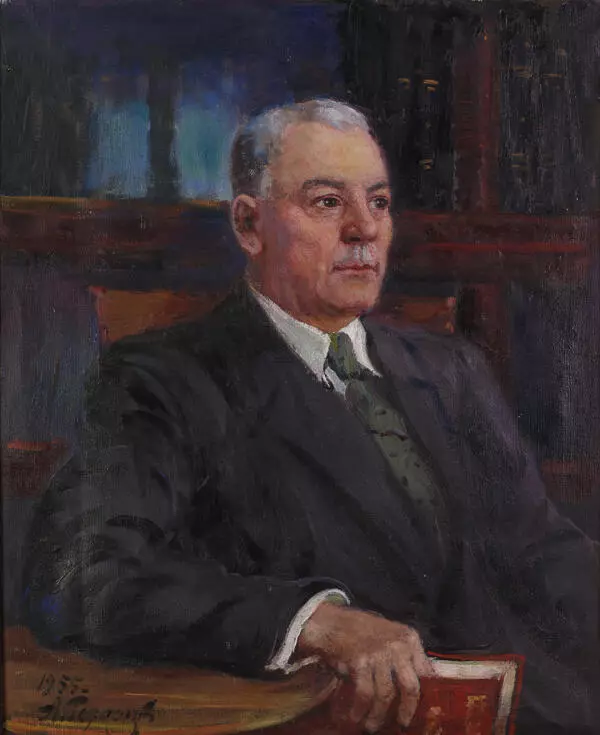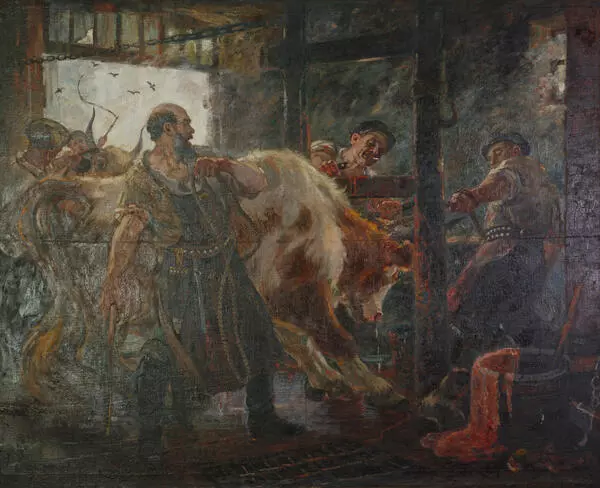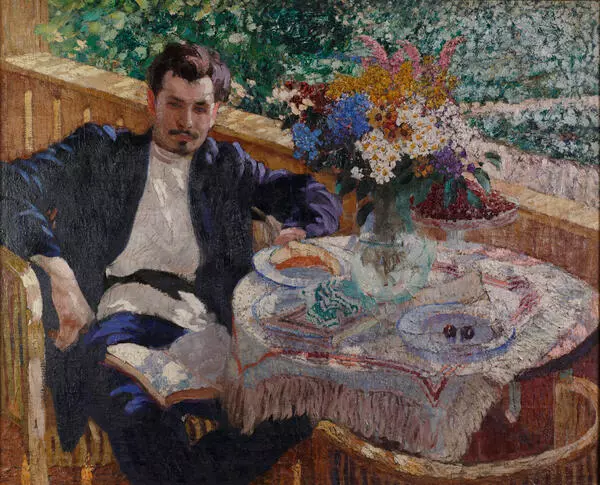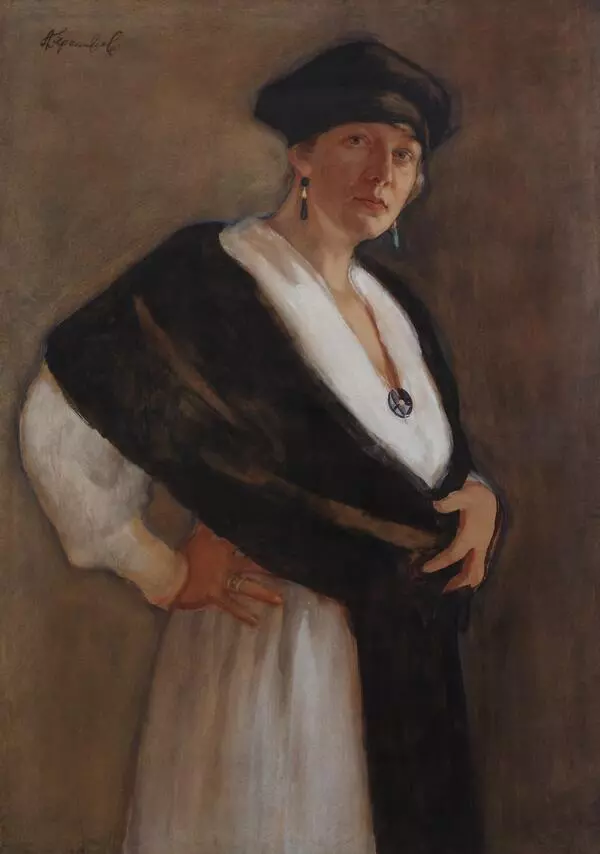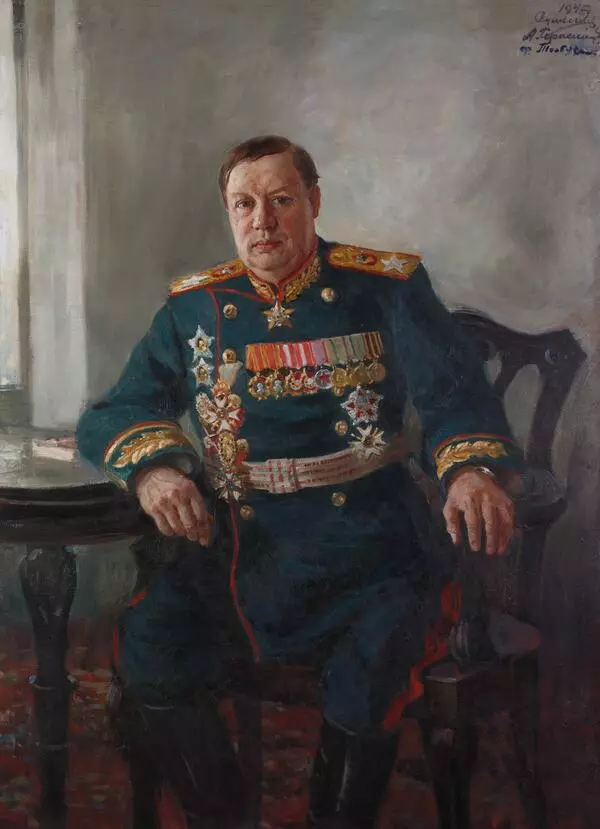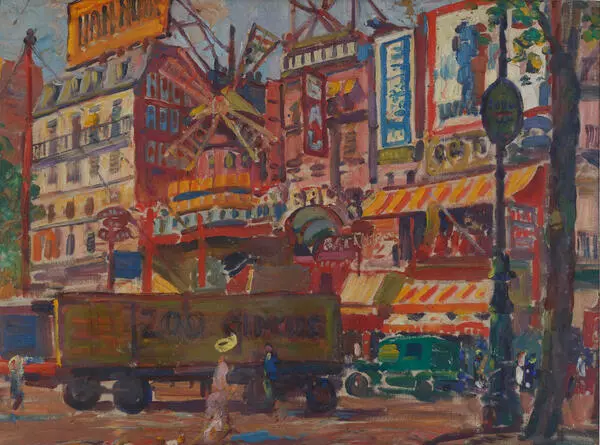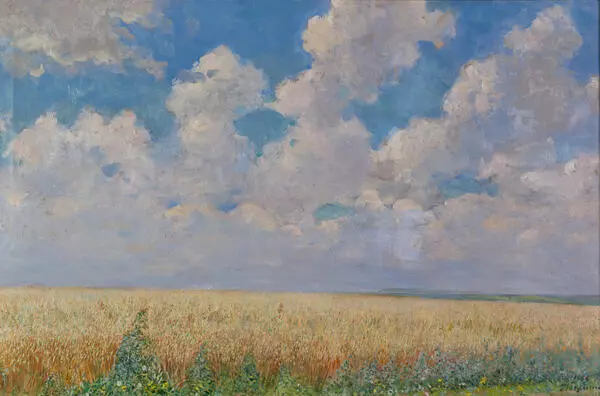The year 1925 marked the beginning of a new period in the life and work of Alexander Gerasimov. Together with the troupe of the Operetta Theater, which toured in Kozlov, the artist left for Moscow. It was there in the capital that Alexander Mikhailovich received the title of People’s Artist of the USSR, was elected the first president of the USSR Academy of Arts, and acquired the status of a major public figure. Alexander Gerasimov prepared several pictures for the 800th anniversary of the capital, including the one called “Kazansky Railway Station”. The painting was presented at the exhibition “Moscow and Muscovites” in 1947.
The modern building of the Kazansky railway station appeared due to the construction of a railroad between Moscow and Kazan. It replaced the wooden building of the Ryazan railway station, built in 1864 and named after the Moscow-Ryazan railway. In 1912, the new railroad between Moscow and Kazan led to the station being renamed again. For about 20 more years, the station was known under both names. The construction of a new building, designed by Aleksey Shchusev, began in 1913. The project had substantial funding, which made it possible to engage the best Russian architects, engineers and artists, with the latter including Nicholas Roerich, Alexandre Benois, Boris Kustodiev, and Eugene Lanceray.
Alexander Gerasimov chose the best angle for this composition: it shows not only the building of the station itself but also the crowded Komsomolskaya Square and cars against the backdrop of multistory buildings and pedestrians hurrying to the station building. The artist depicted the unique architecture of the station complex with great skill: he painted one of the towers, designed as the Syuyumbike Tower of the Kazan Kremlin, its finial crowned with the image of the Zilant dragon, a clock with zodiac signs on the dial, as well as numerous columns, arches, and pilasters. The artist chose the technique of watercolor and gouache, which perfectly reflects the high sky with translucent clouds and a flock of soaring white doves. All this emphasizes the scale of the building and its grandeur. This work also betrays Gerasimov’s signature realistic manner of painting. Despite his great love for portraits and monumental painting, Alexander Gerasimov also painted a lot of landscapes, including cityscapes.
The modern building of the Kazansky railway station appeared due to the construction of a railroad between Moscow and Kazan. It replaced the wooden building of the Ryazan railway station, built in 1864 and named after the Moscow-Ryazan railway. In 1912, the new railroad between Moscow and Kazan led to the station being renamed again. For about 20 more years, the station was known under both names. The construction of a new building, designed by Aleksey Shchusev, began in 1913. The project had substantial funding, which made it possible to engage the best Russian architects, engineers and artists, with the latter including Nicholas Roerich, Alexandre Benois, Boris Kustodiev, and Eugene Lanceray.
Alexander Gerasimov chose the best angle for this composition: it shows not only the building of the station itself but also the crowded Komsomolskaya Square and cars against the backdrop of multistory buildings and pedestrians hurrying to the station building. The artist depicted the unique architecture of the station complex with great skill: he painted one of the towers, designed as the Syuyumbike Tower of the Kazan Kremlin, its finial crowned with the image of the Zilant dragon, a clock with zodiac signs on the dial, as well as numerous columns, arches, and pilasters. The artist chose the technique of watercolor and gouache, which perfectly reflects the high sky with translucent clouds and a flock of soaring white doves. All this emphasizes the scale of the building and its grandeur. This work also betrays Gerasimov’s signature realistic manner of painting. Despite his great love for portraits and monumental painting, Alexander Gerasimov also painted a lot of landscapes, including cityscapes.
